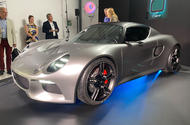Nyobolt hopes its fast-charging tech will “unlock the potential of battery performance”
Ultra-rapid charging Nyobolt concept is 1246kg, 470bhp EV set to start road testing this year
The designer of the original Lotus Elise has reimagined his seminal sports car as a rapid-charging EV that will take the form of a road-going prototype in November this year, ahead of sportier versions planned for the coming years.
Hosting highly advanced battery hardware from a British-based technology firm called Nyobolt, this striking electric concept is expected to be limited to 25 cars per year if it goes into production, which will be decided around 12 months after the proof-of-concept prototype hits the road.
Weighing just 1246kg and with 368lb ft and 470bhp, for a power-to-weight ratio of 400bhp-per-tonne, it promises to combine familiar ICE levels of sports car performance with a usable electric range of 155 miles.
When it undergoes road testing in November, it will be tested on British proving grounds. There are no current plans for Nürburgring development.
Designer Julian Thomson, now at General Motors but best known for the Elise S1 (as well as various Volkswagen Group concepts and the Evoque-previewing Range Rover LRX concept), sketched the two-seater in 2021, and it has been brought to fruition by Warwick-based Callum design agency, founded by his one-time boss and ex-JLR design head Ian Callum.
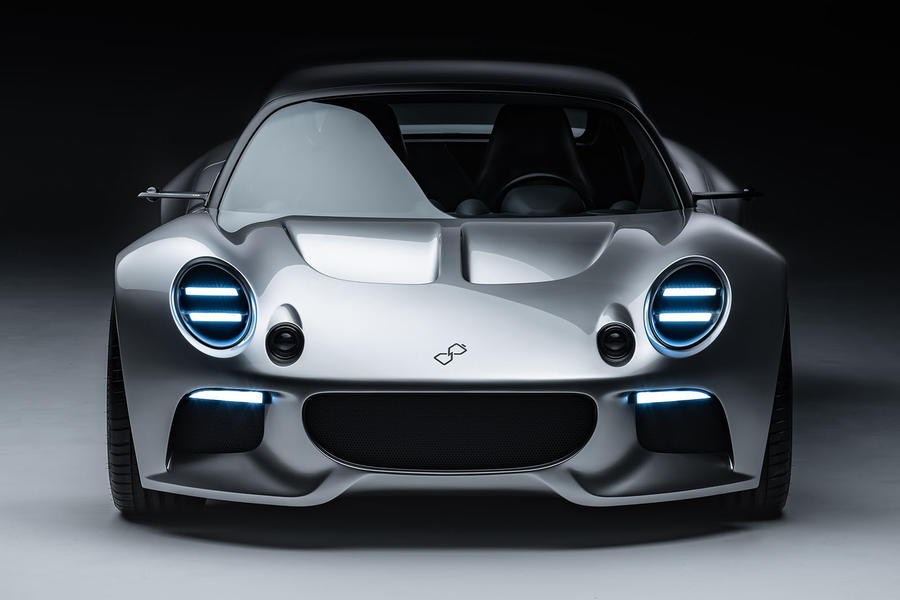
The concept is based on a Lotus Exige S chassis and is simply a technology demonstrator for Cambridge-based Nyobolt, a battery start-up which says its tungsten anodes can slash EV charging times to “just a few minutes”.
“Batteries are no longer the limiting factor in electric car development,” said the firm, which hopes its patented fast-charging technology will “unlock the potential of battery performance”, and adds that it is “manufacturable and scalable right now, and will make recharging as convenient as refuelling a petrol or diesel car.”
Nyobolt CEO Sai Shivareddy said the firm had raised £70 million in funding so far, with its batteries already being used in industrial applications in the robotics industry.
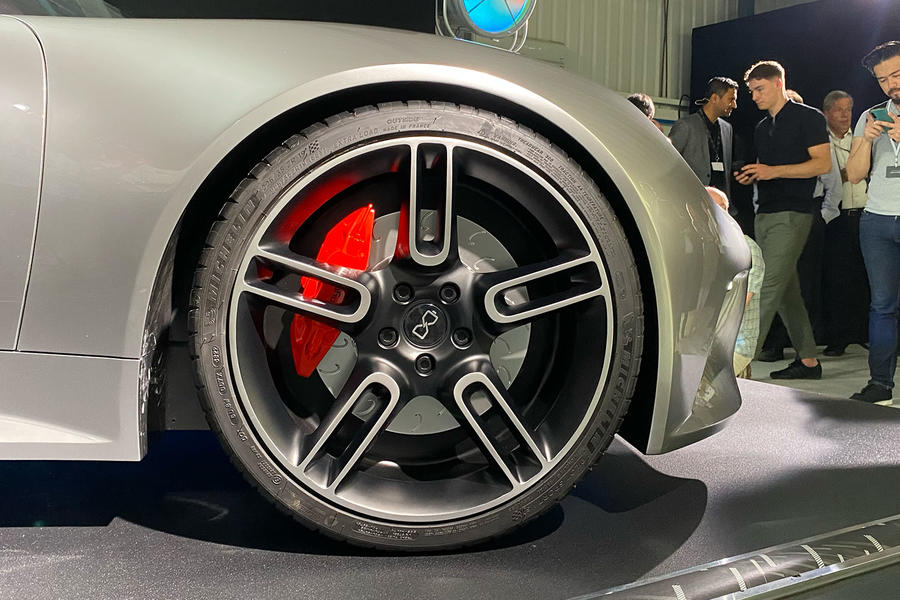
It plans to open a materials manufacturing site in the UK, and hopes to ultimately produce “millions” of units for a range of applications including home appliances, energy storage and cars.
Nyobolt says its batteries are smaller and lighter than those used by EVs today, but are still recyclable and manufacturable at a lower price point. Using existing infrastructure, it fully charges in just six minutes and charges to 80% in four minutes. Nyobolt claims its batteries can undergo more than 2000 fast-charge cycles without “significant performance loss” and will last for 300,000 miles, thanks to the fact its technology does not put stress on the anode, prolonging the battery’s life.
The quicker charging capacity touted by the Nyobolt EV concept has been achieved by simplifying the charging process to its bare components, the company says. New materials, cell designs and software controls have been developed to make the battery more powerful and efficient.
Shivareddy said the firm is looking to develop charging innovations “that cannot wait”. With the ever-increasing uptake in electric cars in the UK and around the world, he believes a solution is required that will “slash charging times from hours to a few minutes.”
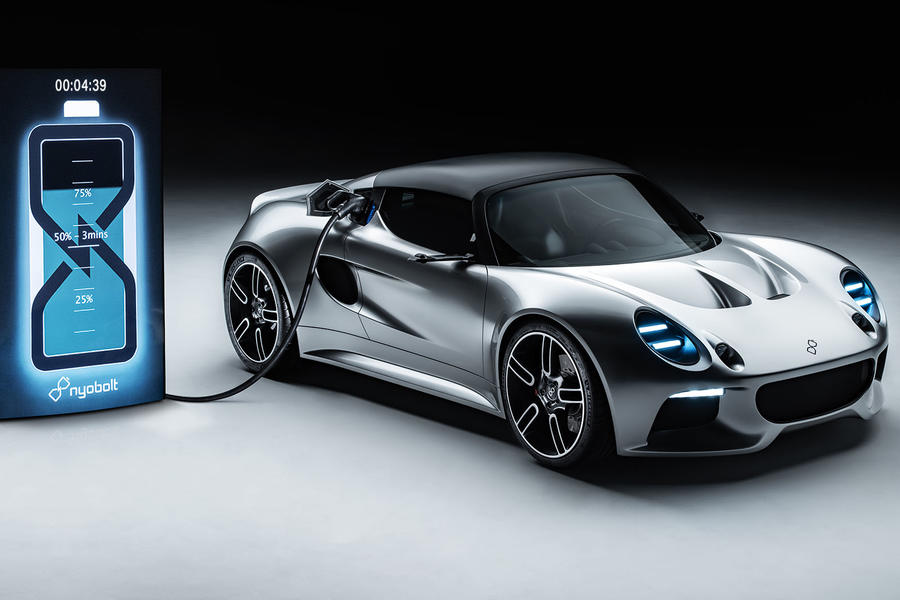
The technology has also been produced to alleviate some of the barriers to battery development, for example slow charge times, access to battery materials, and battery degradation issues. According to Callum’s managing director, Nyobolt’s tech offers a solution to these problems.
The significant implications of the battery technology housed within this future-looking concept are reinforced by Callum’s substantial overhaul of the original Elise’s design.
Callum’s creative lead, Aleck Jones, said: “Rather than take a resto-mod approach, the aim was to evolve the design and bring it up to date, while keeping that understated, everyman sportscar feel that was so well received in the Elise. We needed to ensure that we maintained the right attitude with the body, so it’s nose-down, taking that same aggressive stance.
“Nyobolt’s technology allows this car to tick all the boxes that made the original Elise such a desirable drivers’ car with a cult following, but it’s electric. These two things don’t usually come hand-in-hand due to weight and battery packaging constraints.”
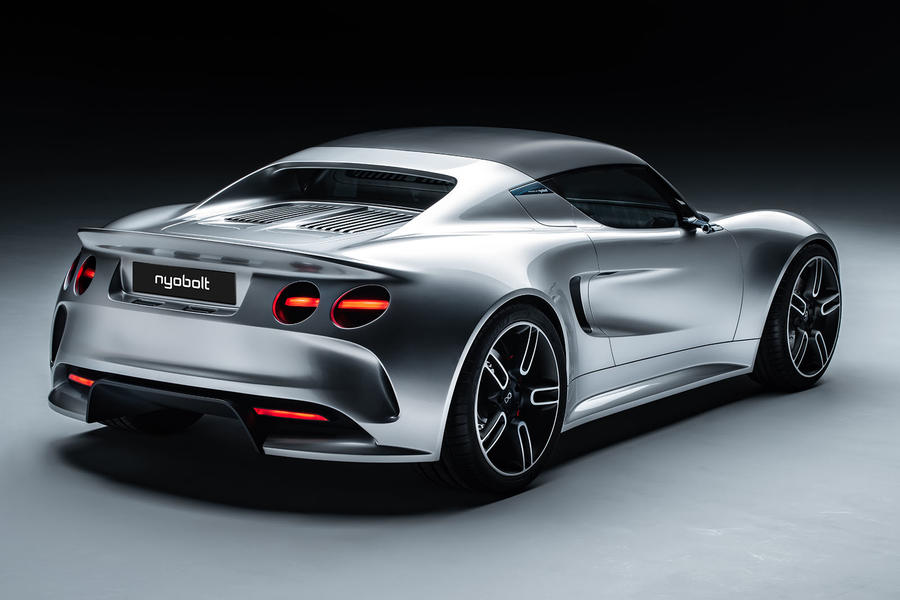
The result is a thoroughly modernised take on the Elise – wider, lower and cleaner than the 1996 car for a more purposeful stance, and with a raft of modern flourishes throughout to give the impression of a sports car designed today, rather than before the millennium. Importantly, it is said to weigh “closer to one tonne than two” as a result of the lighter batteries.
The silhouette and most definitive features of the S1 remain, but new-spec 19in alloy wheels, slimline LED lights at each end, rear-view cameras and a bulkier, resculpted rear end hint at the concept’s radically different billing to the bare-bones original.
Nybolt and Callum plan to collaborate on more show cars that use this technology, but have yet to reveal what form these will take, or when we will see them. The car will appear in public once again at the Goodwood Festival of Speed in July.
Source: Autocar
